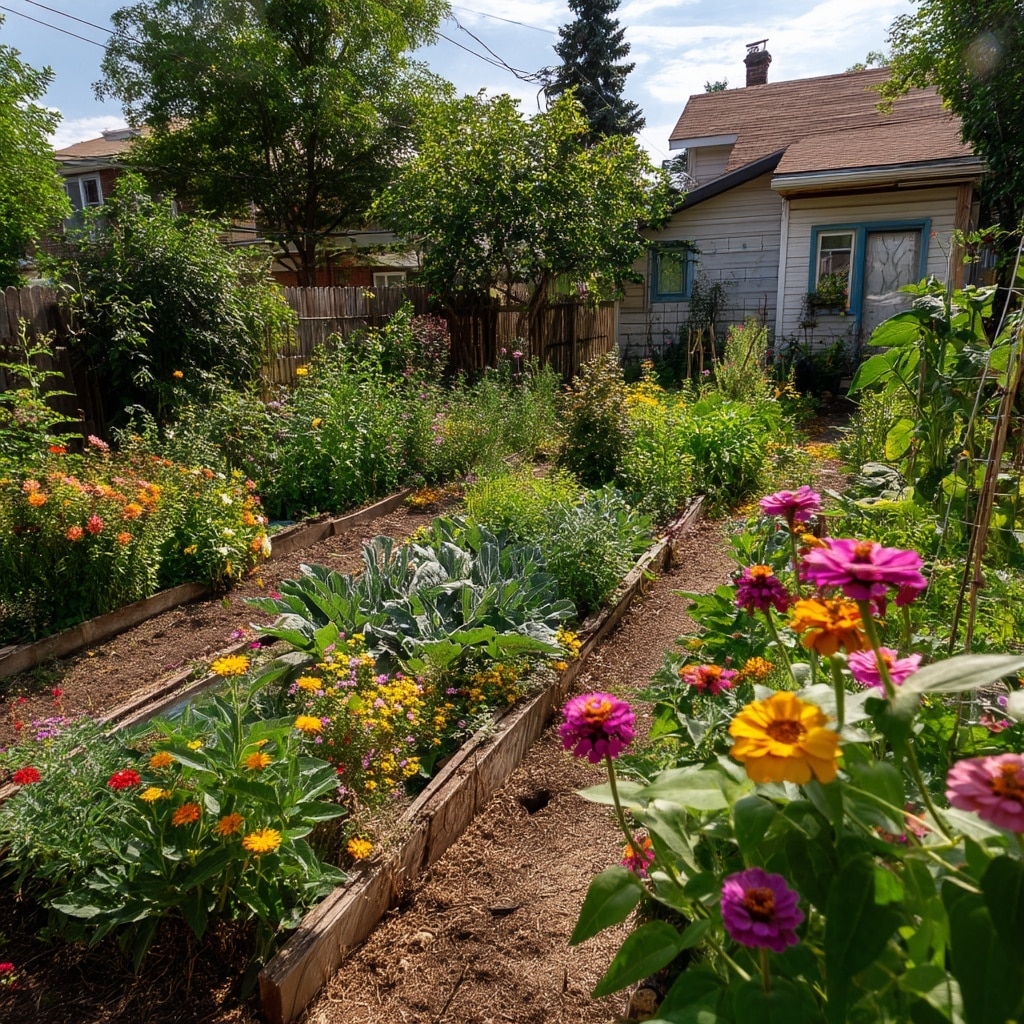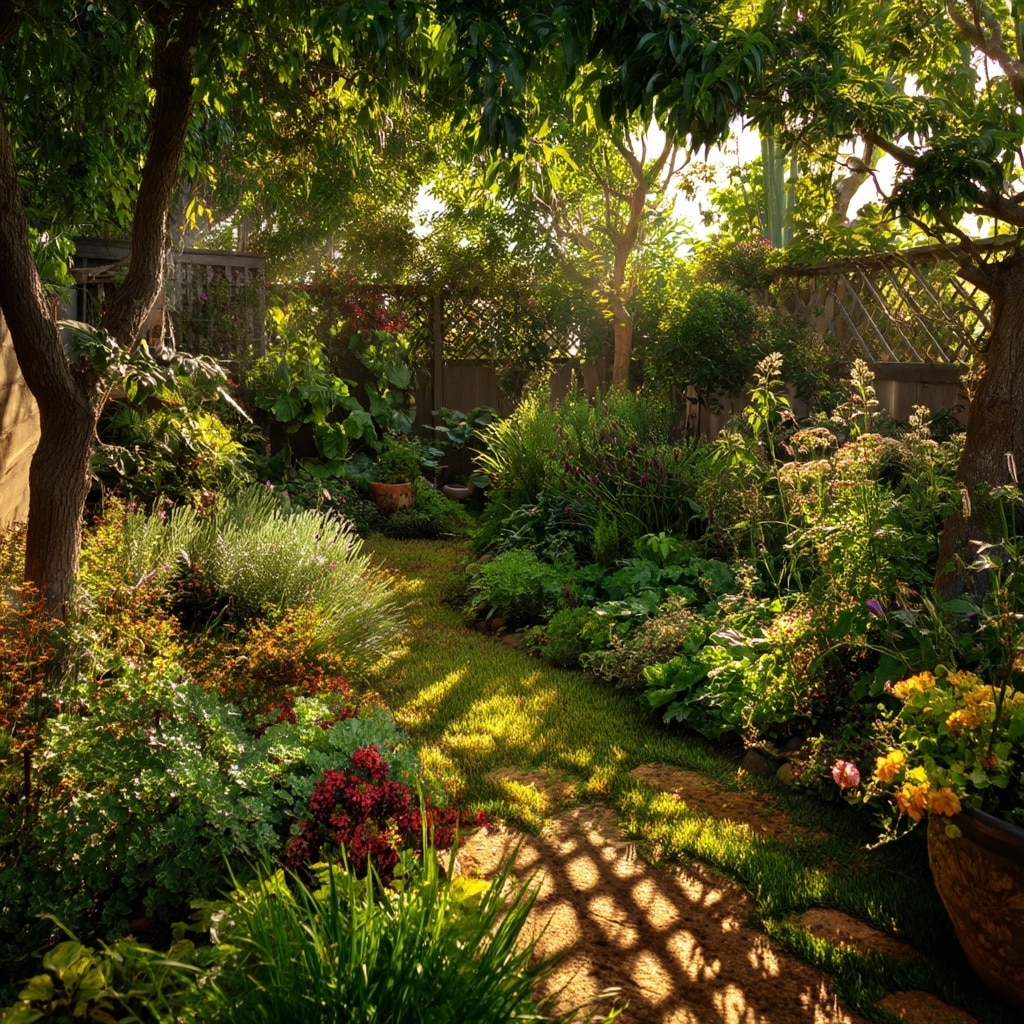Garden enthusiasts know that sunshine is one of nature’s most powerful tools. If your yard receives full sun from dawn to dusk, you have the perfect setting for a vibrant, thriving landscape. But even the brightest garden spots need careful planning to flourish. With the right knowledge and plant choices, your sunny space can transform into a blooming masterpiece filled with color, fragrance, and life.
Table of Contents
Table of Contents
What Does “Full Sun” Really Mean?
Not all sunlight is created equal, and understanding light levels is key to designing a successful garden. When plant tags say “full sun,” they typically mean at least six to eight hours of direct, unfiltered sunlight each day. This doesn’t have to be a continuous block—it can be broken into segments throughout the day.
But don’t rely on assumptions. Spend time observing your garden. Morning light is softer, while midday rays are more intense and drying. The location of trees, fences, and buildings can also change how much sun a spot actually gets as shadows shift.
Seasonal changes matter too. A corner of the yard that’s bathed in light in spring may fall into partial shade once nearby trees fully leaf out. By tracking these variations, you’ll know exactly where to place plants that truly need full sun—and where not to.
Choosing the Right Plants for a Sunny Garden

A thriving garden begins with selecting plants that love the sun as much as your space provides. Full-sun conditions can be intense, especially in warmer climates, so it’s essential to match plants to both your garden’s light exposure and your USDA hardiness zone.
🌿 Annuals and Perennials
For low-maintenance color, try heat-tolerant annuals like zinnias, marigolds, and gomphrena—all reliable bloomers that can handle hot, sunny days. Long-blooming perennials such as coneflowers, black-eyed susans, and salvia naturally thrive in full sun and return year after year with minimal fuss.
🌻 Native Plants
Native plants are often the best performers in a garden exposed to full sun. They’re adapted to local conditions and tend to require less water and care. Think prairie plants, wildflowers, and grasses that evolved under open skies.
🫐 Fruits, Veggies & Shrubs
Edible plants love the sun. Tomatoes, peppers, strawberries, and blueberries all need full exposure to produce at their best. Many flowering or fruiting shrubs, like hibiscus or roses, also reward you with more blooms when grown in direct sun.
Keep in mind that plants behave differently depending on your region. A flower that thrives in northern sunlight might wilt under southern heat. Always read plant labels and choose varieties well-suited to your climate.
How to Care for a Garden in Full Sun

A garden in full sun comes with beautiful rewards—but also extra responsibility. Bright, exposed areas can dry out quickly and stress even the toughest plants. That’s why good care practices are essential for success.
💧 Watering and Soil Management
Group your plants based on their watering needs. Many sun-loving herbs like rosemary or thyme prefer dry soil, while vegetables and roses thrive with consistent moisture. By clustering plants with similar needs, you reduce waste and keep your garden more efficient.
When watering, go deep—not often. Deep watering encourages roots to grow downward, making plants more resilient to heat and wind. Top it off with a 3–4 inch layer of organic mulch to lock in moisture and protect roots from extreme temperature swings.
🌿 Fertilizing Smart
Full-sun plants are often heavy feeders, especially vegetables. Use a balanced fertilizer that meets the nutritional needs of your specific plants. Slow-release options are ideal, as they support steady growth without overwhelming roots.
Organic gardeners might prefer fish emulsion or compost tea, which are gentle and effective over time. Always follow label instructions to avoid overfeeding, which can do more harm than good.
🐛 Pest & Disease Prevention
A sunny garden can also attract pests. Keep an eye out for chewed leaves or insects around new growth. Use gentle solutions like sulfur dust or neem oil to address issues early without harming beneficial insects or flowers.
By giving each plant exactly what it needs, your full-sun garden can remain lush, productive, and beautiful all season long.
Conclusion

Designing a thriving garden in full sun doesn’t have to be a challenge—it can be your biggest opportunity. With the right plant choices, thoughtful placement, and consistent care, a sunny space becomes the perfect environment for blooms, fruits, and foliage to flourish. Whether you’re growing vegetables, native perennials, or ornamental shrubs, full sun gives your garden the energy it needs to reach its full potential. Embrace the light, and watch your garden grow strong, healthy, and beautiful.


